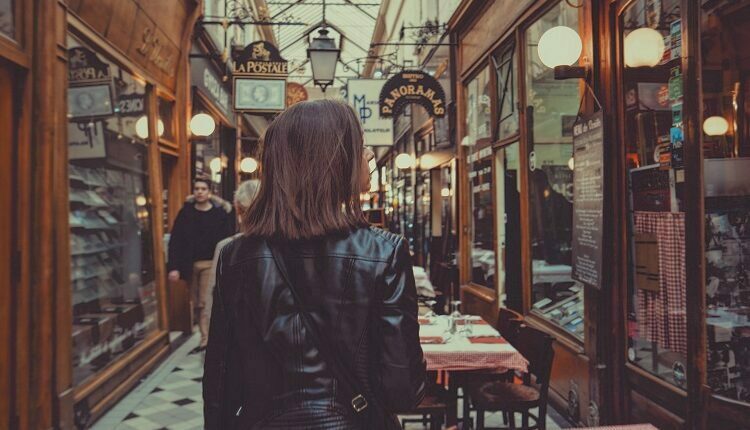Leather Market Stability In China
Barring unexpected circumstances, genuine and synthetic leather processors, and completed goods makers have no designs to raise prices in the months ahead.
After climbing ten percent in October 2010, leather costs in China stabilized in March 2011. The rise in quotes last year, coupled with increases in other manufacturing inputs, led makers of completed leather goods such as shoes, apparel, bags, accessories and furniture to raise export prices ten to twenty percent in the work of the latter half of 2010.
But quotes are likely to stay at the same level for the remainder of the year due chiefly to an oversupply of the processed material. Suppliers of completed goods have no purpose of increasing export quotes this year as well. But cautious of any sudden developments that may affect manufacturing costs, lots of them now prefer to accept short-term orders so cost adjustments will be faster and simpler.
The cost of synthetic and genuine leather, for example, may climb back up ought to the tumultuous situation in the Middle East intensify and pull up crude oil prices. Current genuine leather prices are three percent higher than they were in Q4 2010. Grade A cowhide presently costs $4 per square foot, while grade B versions are $0.23 to $0.30 less costly. Grades A and B pigskin are $3 and $2.90 per square foot, respectively. To learn more about the cheapest type of leather, visit this website: https://mysqmclub.com/
PU leather with a 0.7mm-thick non woven base and a one.45m width was priced at $1.27 to $1.46 per meter in October 2010. Quotes rose to $1.55 per meter by year-end before dropping to $1.39 per meter in March. These prices include the 17 percent VAT, of which 13 percent is refunded to makers.
PU leather is usually 100 percent more costly than PVC versions. But there’s some types of PU that may cost up to 300 times higher, including those that need special finishes and treatments. You can also check out this website https://www.thetwincoach.com/ to get detailed information about business management and stock marketing as well.
Cost factors
Over 80 percent of domestic leather output is low-end. Midrange and high-end genuine leather is imported mostly from Spain, Australia, India and Brazil.
Of the reasons behind the slight increase in leather prices is a higher raw material cost. T/C fabrics often used as the base for synthetic leather became three to 8 percent more costly in Q4 2010. Costs have stabilized since.

